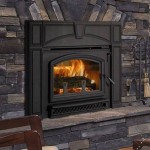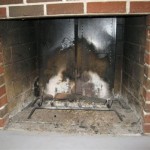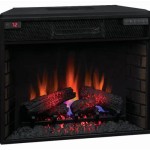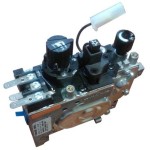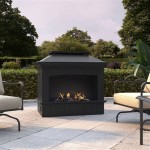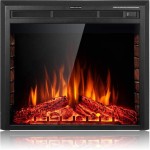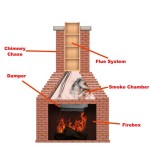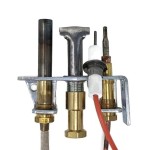Fireplace Top Damper: A Comprehensive Guide for Optimal Fire Performance and Efficiency
The fireplace top damper is an integral component of any fireplace system, playing a crucial role in regulating airflow, heat distribution, and smoke control. Understanding the essential aspects of a fireplace top damper is paramount for both safety and optimizing fireplace performance.
Function of a Top Damper
The top damper is located at the top of the fireplace opening and functions as a valve, controlling the airflow through the chimney. When the damper is open, it allows smoke and hot air to escape, creating a draft that draws fresh air into the firebox. This airflow nourishes the fire and ensures proper combustion. Conversely, closing the damper partially or fully restricts the airflow, slowing the rate of combustion and reducing heat output.
Benefits of a Top Damper
An efficient fireplace top damper offers several advantages:
- Improved Heat Distribution: An open damper facilitates the circulation of warm air into the room, maximizing heat distribution and creating a comfortable ambiance.
- Enhanced Combustion: By controlling airflow, the damper ensures optimal combustion of fuel, producing more heat and reducing smoke. li>Smoke Control: A properly functioning damper prevents smoke from entering the room, ensuring a safe and pleasant indoor environment.
- Energy Efficiency: By restricting airflow when the fireplace is not in use, the damper minimizes heat loss, improving energy efficiency.
- Chimney Protection: The damper protects the chimney from excessive heat and moisture, extending its lifespan.
- Safer Operation: A closed damper prevents embers and sparks from escaping, ensuring safer fireplace operation.
Types of Fireplace Top Dampers
Top dampers vary in design and material:
- Pull Chain Dampers: Operated by a pull chain, these dampers are simple and easy to use.
- Butterfly Dampers: Installed at the top of the chimney, these dampers have a butterfly-shaped blade that rotates to regulate airflow.
- Lift-Out Dampers: Removed when not in use, these dampers are less visible and allow for maximum airflow.
The choice of damper depends on fireplace design, chimney configuration, and personal preference.
Maintaining Your Fireplace Top Damper
Regular maintenance is essential for optimal damper performance:
- Inspection: Inspect the damper annually for any damage, corrosion, or debris buildup, which could impair its operation.
- Cleaning: Clean the damper periodically using a soft brush or cloth to remove soot and other residue.
- Lubrication: Lubricate moving parts, such as the damper handle, with a high-temperature lubricant to ensure smooth operation.
By understanding the essential aspects of a fireplace top damper and following proper maintenance guidelines, you can optimize fireplace performance, enhance safety, and enjoy the warmth and comfort of a well-maintained fireplace for years to come.

Top Sealing Damper Chimney Advantages

Do You Have A Top Mount Damper Or Throat For Your Chimney

What Is A Chimney Damper Full Service

Choosing A Chimney Flue Top Damper Fine Homebuilding

Save On Utility Costs Energy Top Plus Saving Damper Replacements

Top Mount Vs Throat Dampers Fireplace Damper Portland Oregon

Installing A Flue Top Damper Jlc

Top Sealing Damper Crofton Md Clean Sweep Of Anne Arundel County

Chimney Cap Dampers Sealing Damper

Choosing A Chimney Flue Top Damper Fine Homebuilding
Related Posts

